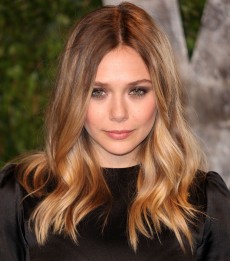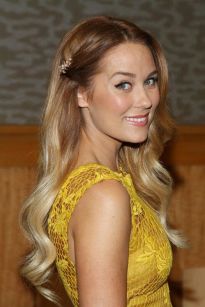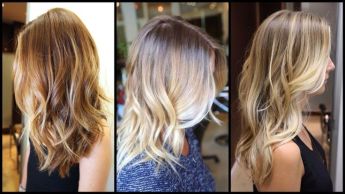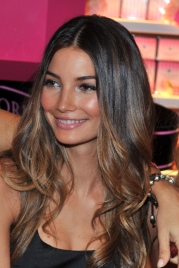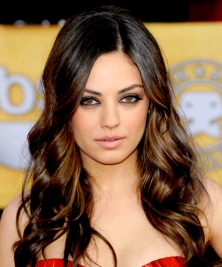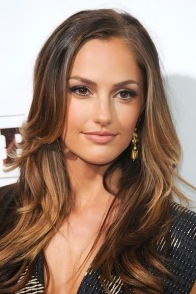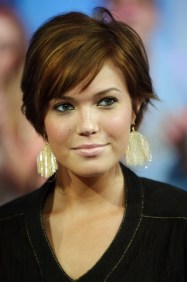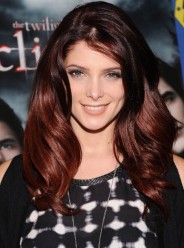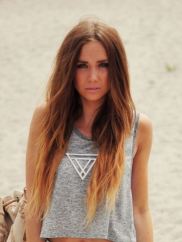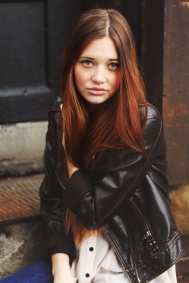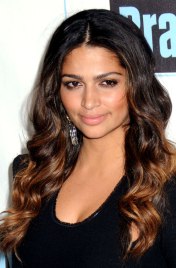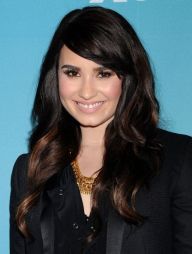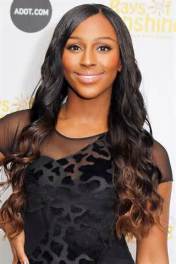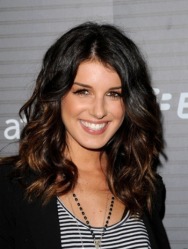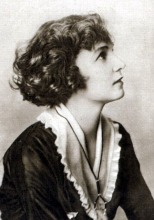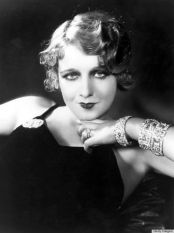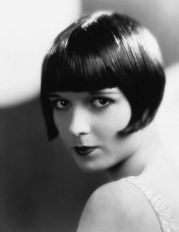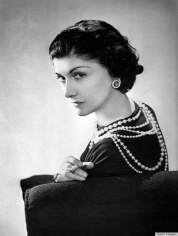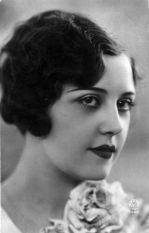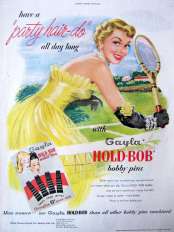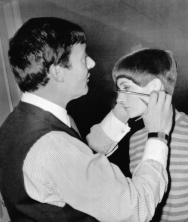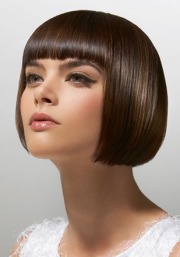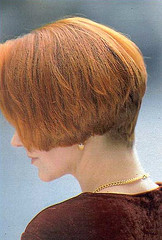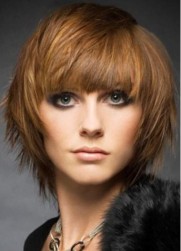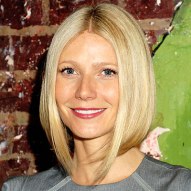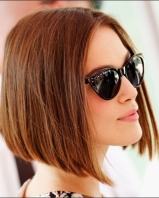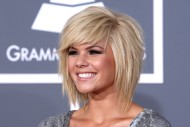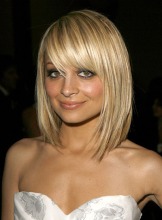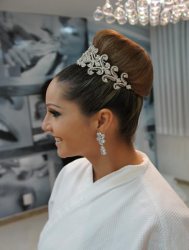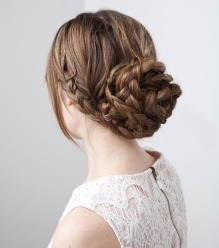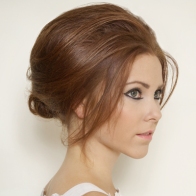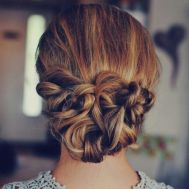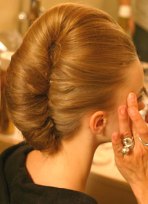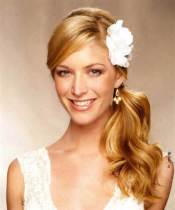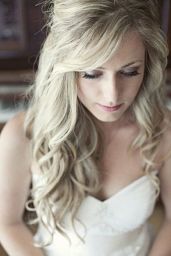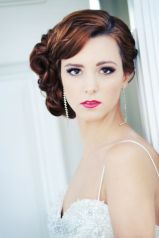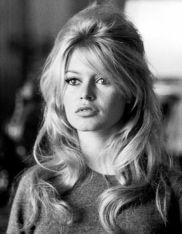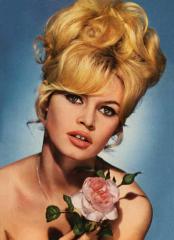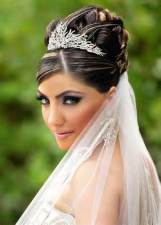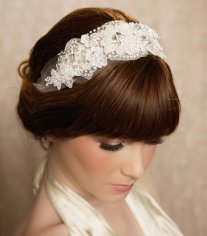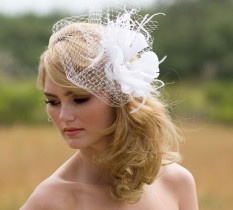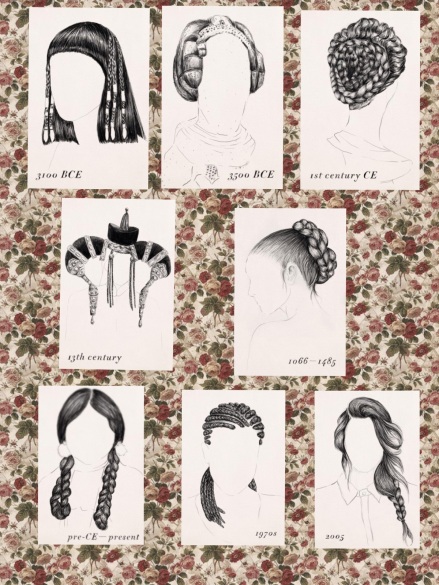Hair spray is a common cosmetic product that is sprayed onto hair to keep it stiff or in a certain style. The spray can be dispensed from a pump or aerosol spray nozzle.
Modern hair sprays were developed around the time of the aerosol can in the 1940. The first hairspray was not invented until 1943 during World War II. After the war ended, the beauty industry caught on to the possibilities of using similar fluorocarbon (aerosol) cans as a dispenser for the first sticky, hard hold, resin-based versions of hair spray. The very first company to package the spray was Chase Products in 1948, an aerosol manufacturer also attributed with being the first to distribute spray paint and antiperspirant deodorant in an aerosol can.
Historic beauty titan Helene Curtis coined the name “hair spray” in 1950 with the release of her product Spray Net, which, along with a slew of quickly accumulated competitors such as Aqua Net, became wildly successful in conjunction with the Betty Draper and Jackie Kennedy bouffants, beehives, pin-up dos, and pillbox hat hairstyles that personified the 1950s and 60s. By 1964, hair spray was the most successful beauty product in the country, “outselling even lipstick.”. The use of curlers, hairpieces, heating irons and teasing continued to enhance the popularity. By the end of the 60’s, the abundant use of hairspray ended with the long straight hair and natural look worn by the flower children, hippies and women libbers did not lend itself to being teased and sprayed.
In the 1980’s, heavy hairspray made a comeback with the punk rock music enthusiasts, who used very strong sprays to spike their hair and Mohawks. One of the first and still most recognizable names in the industry —Aqua Net— became an indispensable dispensary for both rock stars and the teenagers that emulated them, some of whom required a $1 can a day to keep their larger than life hair and image intact in what would become a beacon of Generation X culture.
Today, there are as many brands, colors and holds of hairspray. The main difference between hairsprays is the amount of hold that the spray provides, generally categorized as flexible, medium or maximum. Hairspray products can also enhance shine, reduce frizz, set a style and promote volume. That being said, it’s difficult to imagine that Lady Gaga could have managed to affix a telephone, lobster, or human hair bow to her head without at least a little help from an aerosol can, which has clearly traveled a long way since its wartime bug-fighting days over sixty years ago.
Other Uses for Hairspray
1. Remove Lipstick from Fabric
Spray the stain and let it sit for several minutes. Wipe off the hairspray and the lipstick with it.
2. Protect Children’s Artwork
Preserve your child’s creation with hairspray. This works especially well on chalk pictures.
3. Exterminate Houseflies
Make sure the hairspray is water soluble so that if any spray hits the wall, you’ll be able to wipe it clean. Works on bees and wasps, too!
4. Extend the Life of Cut Flowers
Give your bouquet a quick spray on the undersides of the leaves and petals. Also works well on Christmas wreaths.
5. Keep Curtains Dirt-Free
Want to keep that like-new look for a while? Apply several coats of hairspray, letting each coat dry thoroughly before the next one.
